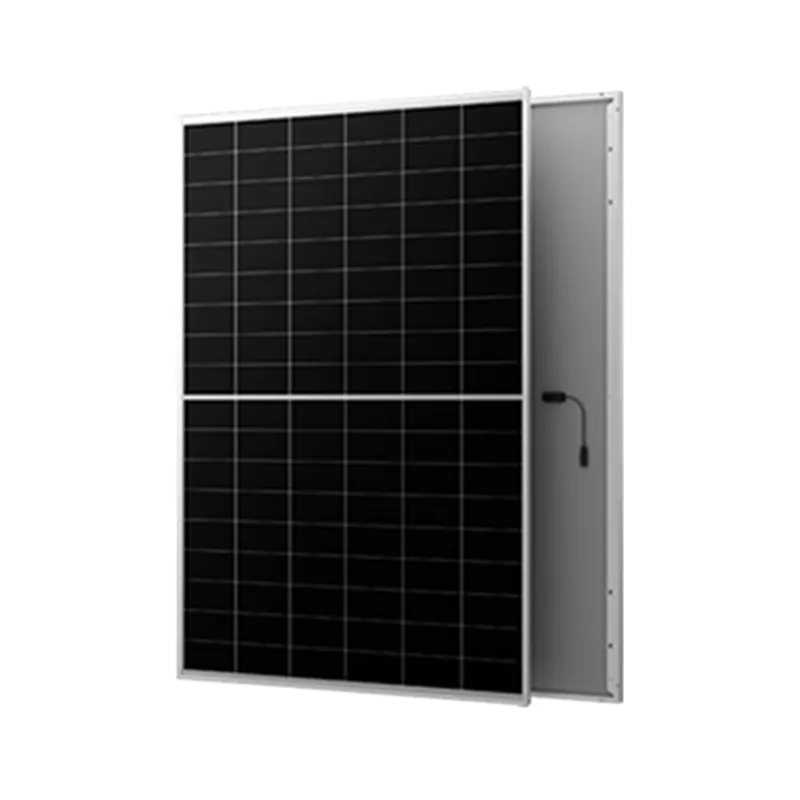1kg solar system price
The Price of 1 kW Solar Systems An Overview
As the world increasingly turns towards sustainable energy sources, the demand for solar power systems has surged. Among the various solar solutions, the 1 kW solar system stands out as a popular choice for both residential and small commercial applications. Understanding the pricing of these systems is vital for homeowners and businesses considering this clean energy investment. In this article, we will explore the factors influencing the price of a 1 kW solar system, compare costs across different regions, and evaluate the financial benefits of installing solar panels.
Understanding 1 kW Solar Systems
A 1 kW solar system generally consists of solar panels, an inverter, mounting equipment, and wiring. This type of system can generate approximately 4 to 5 kWh of electricity daily, depending on geographic location, weather conditions, and the angle of the panels. Such a system is ideal for powering small appliances, lighting, and even supporting energy needs for a small household.
Pricing Breakdown
The price of a 1 kW solar system can vary significantly based on several factors. On average, the cost of a complete 1 kW solar installation ranges from $1,000 to $3,000 in the United States. Several key components contribute to this price
1. Solar Panels High-quality photovoltaic (PV) panels can significantly influence the overall price. Prices can range from $200 to $600 for a set of panels sufficient to generate 1 kW of power. More efficient and durable panels often come with a higher upfront cost.
2. Inverters The inverter is a critical component that converts the DC power generated by the solar panels into AC power, which is used by most home appliances. A reliable inverter can cost between $500 and $1,000.
3. Installation Costs Labor charges for installing a solar system can vary widely depending on the complexity of the installation and local labor rates. It's typically around 10-25% of the total system cost.
1kg solar system price

4. Government Incentives In many regions, government rebates and tax incentives can help offset the cost of installation. For example, the Federal Investment Tax Credit (ITC) in the U.S. allows homeowners to deduct a significant percentage of the cost from their federal taxes, making solar systems more affordable.
Regional Pricing Variations
The cost of a 1 kW solar system can also differ across regions due to factors such as market demand, local regulations, and the availability of resources. In the United States, states like California and Texas often have competitive pricing due to stronger competition among installers and increased state-level incentives. Conversely, in regions with less solar adoption, prices may be higher due to fewer installation companies.
In other parts of the world, particularly in developing countries, costs can be lower due to the availability of less expensive labor and materials. However, the trade-off might be in the quality and longevity of the solar components used in installations.
The Financial Benefits of Solar Investment
Investing in a 1 kW solar system can yield significant long-term savings. By generating your own electricity, you can drastically reduce your electricity bills, sometimes even eliminating them altogether, depending on your energy consumption and the efficiency of your solar system.
Moreover, solar energy systems typically have a return on investment (ROI) of 5-10 years, depending on the initial cost, local electricity prices, and available incentives. In addition to savings on electricity bills, homeowners can also benefit from an increase in property value. Numerous studies demonstrate that homes equipped with solar panels sell for a premium compared to those without.
Conclusion
The price of a 1 kW solar system varies based on a multitude of factors, including equipment quality, installation costs, and regional pricing differences. Despite the upfront investment, the long-term financial benefits, coupled with tax incentives and increased property value, make solar energy an attractive option for many homeowners and businesses. As technology continues to advance and the market grows, it is likely that the cost of solar systems will continue to decline, making sustainable energy more accessible than ever.
-
Navigating Off Grid Solar Inverter: From Use Cases to Trusted PartnersNewsAug.05,2025
-
Solar Edge String Inverter: A Wholesaler’s Guide to Inverter Technology SelectionNewsAug.05,2025
-
Microinverters: Revolutionizing Solar Energy UseNewsAug.05,2025
-
Future of Monocrystalline Solar Panel Efficiency: Latest Technological AdvancesNewsAug.05,2025
-
Solar Panels for House: A Complete Guide to Residential Solar EnergyNewsAug.05,2025
-
Panel Bifacial Performance in Snow and Low-Light ConditionsNewsAug.05,2025







